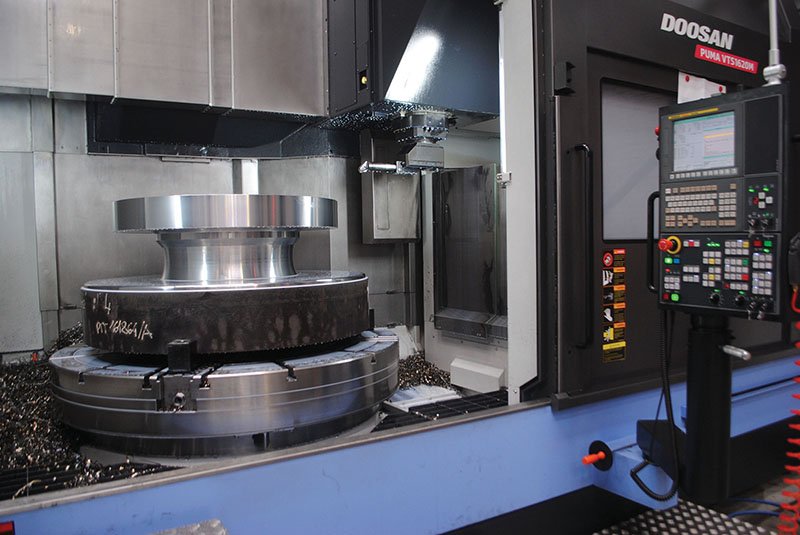

Swiss Machining is a game-changing concept by itself, and with the helpful hand of SolidCAM, you have the perfect match. This allows for greater versatility in the type of machining.


Swiss type machines have simultaneous rotation and longitudinal movement of the stock, while the tools, that are held radially around it, only move in and out. It is different from advanced mill-turn machines, however. Swiss-type machining is an all-encompassing manufacturing solution that combines milling and turning and is particularly adept at machining very small and intricate parts. Swiss Machining is nothing short of a dream for the machinist. While these were not equal in quality to their Swiss counterparts, they were imperative to the war effort and soon hundreds of them were being built all across the US to support the demands of war. The need for Swiss machined components increased so much during the War, that the US government got the details of the machines and produced copies of them in US factories. Indeed, Swiss machining was a revolutionary invention! In fact, it had a role to play in historical events such as the Second World War. These cam-driven tracing machines were the result of a promising new machining technology, the sliding-headstock lathe. Nearly a century and a half ago, in 1873, Jakob perfected his prototype of the technology we now know as Swiss-type machining. Hard to make a mistake.” Mobile timepieces date back as far as the early 16th century, but thanks to one Swiss watchmaker, Jakob Schweizer, the watchmaking industry (and the entire era of modern manufacturing) was changed forever during the Second Industrial Revolution. As an advertisement for Zurich Airlines says, “Like shopping for a Swiss watch. The Swiss are known worldwide for their watchmaking prowess.


 0 kommentar(er)
0 kommentar(er)
